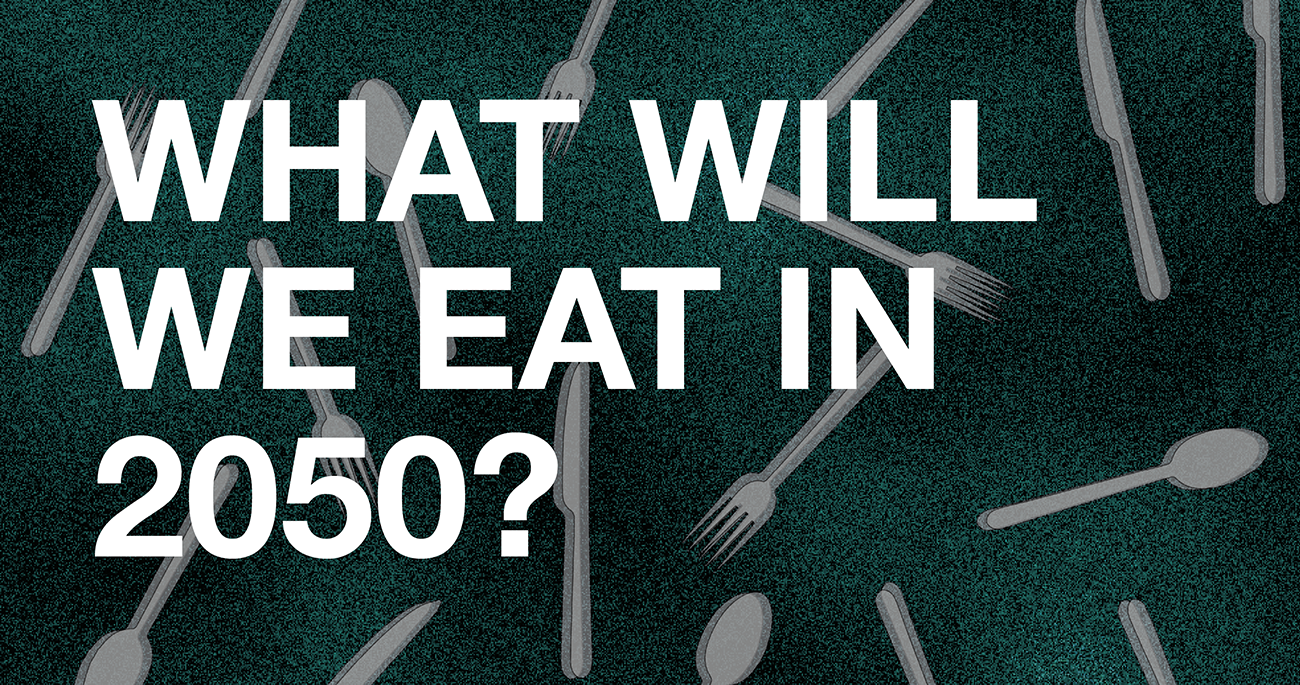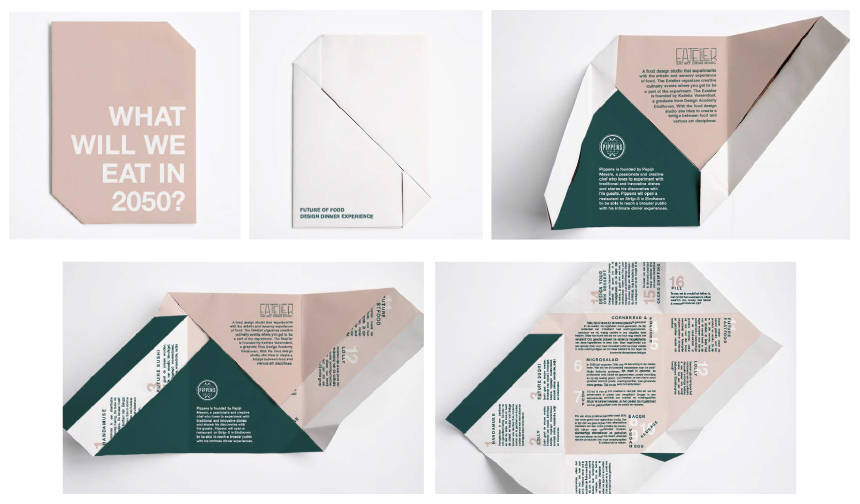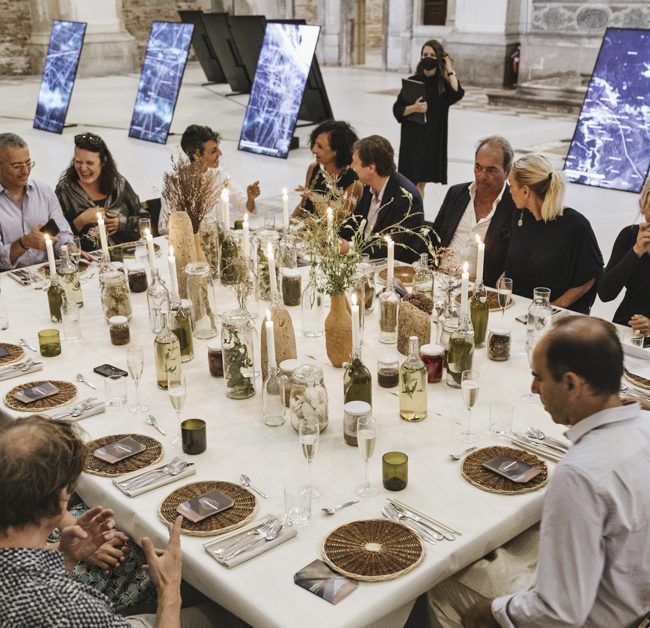What is going on in the world of 2050?
Accelerating urbanisation
By 2050, 70% of the world’s population will live in cities. In 1950, the number was 30%. (UN, 2015)
Most of us were born into a world of countries, but by the time we leave this planet, it will basically be a world made up by 600 rather powerful cities. The rapid urbanisation of recent decades is just the beginning of an ever-steeper growth curve. By 2050, the proportion of people living in urban areas will have surged to 70 percent. Over the next 40 years, the volume of urban construction for housing, work spaces and infrastructure could roughly equal the entire volume of such construction to date. Our urban environments already have a serious impact on our mental and physical health, so what happens when our cities become even more crowded?
Demographic shifts
41% of India’s population is below the age of 20. (Census, 2016)
In the decade to come, we will see explosive population growth in some countries and decline in others. In the developed world, we will see an ageing population and slow population growth. Other societies are young and fast-growing, which will have far-reaching impacts that include new, larger consumer markets, growing pressure on the supply of critical resources, and sweeping changes in people’s personal and social goals and aspirations.
More people will need to be fed, housed, educated and employed for productive potential to be realised.
Political and economic shifts
The world population is expected to increase by 2.5 billion by 2050, to nearly 10 billion people. More and more of these people will move out of poverty and into the new global, urban consumer class. (UN, 2014)
Over the last decade, we have seen shifts in the global economic power balance from West to East, as well as growing middle classes in emerging economies where standards of living and purchasing power are improving.
We witness reduced poverty, better health care, greater educational attainment, strengthening of women’s rights, and widespread use of new communication technologies. As a result, individual empowerment will accelerate substantially during the next 15-20 years.
Lack of natural resources
Within the next 15 years, the world will need 50% more energy, 40% more clean water and 35% more food. (UN, 2015)
In 2030, there will be nearly 8.3 billion people in the world. Combined with the consumption patterns of an expanding middle class, the demand for resources will grow substantially. The world will need 50 percent more energy, 40 percent more clean water and 35 percent more food. Unfortunately, climate change is likely to worsen access to these critical resources for many people. It’s simple: we cannot continue to race through our planet’s finite resources. All the evidence suggests that if we continue at our current rate, we will soon need a second planet.
Technological breakthroughs
The number of people directly or indirectly connected to the Internet will soon be close to 100%. (Scientific American; CIFS, 2015)
The pace of technological change is increasing exponentially. The perpetual flow of ideas and innovations creates ever more powerful enabling technologies, where potential user scenarios are limited only by the human imagination. Every hour of every day, breakthroughs in frontiers of research and development, ranging from artificial intelligence and big data to automation and new, digitally enabled business models, are transforming our world. Technological breakthroughs are constantly and significantly impacting the size and shape of the world’s manufacturing and high-tech sectors and are also creating completely new industries, constantly offering new opportunities for companies as well as individuals.









